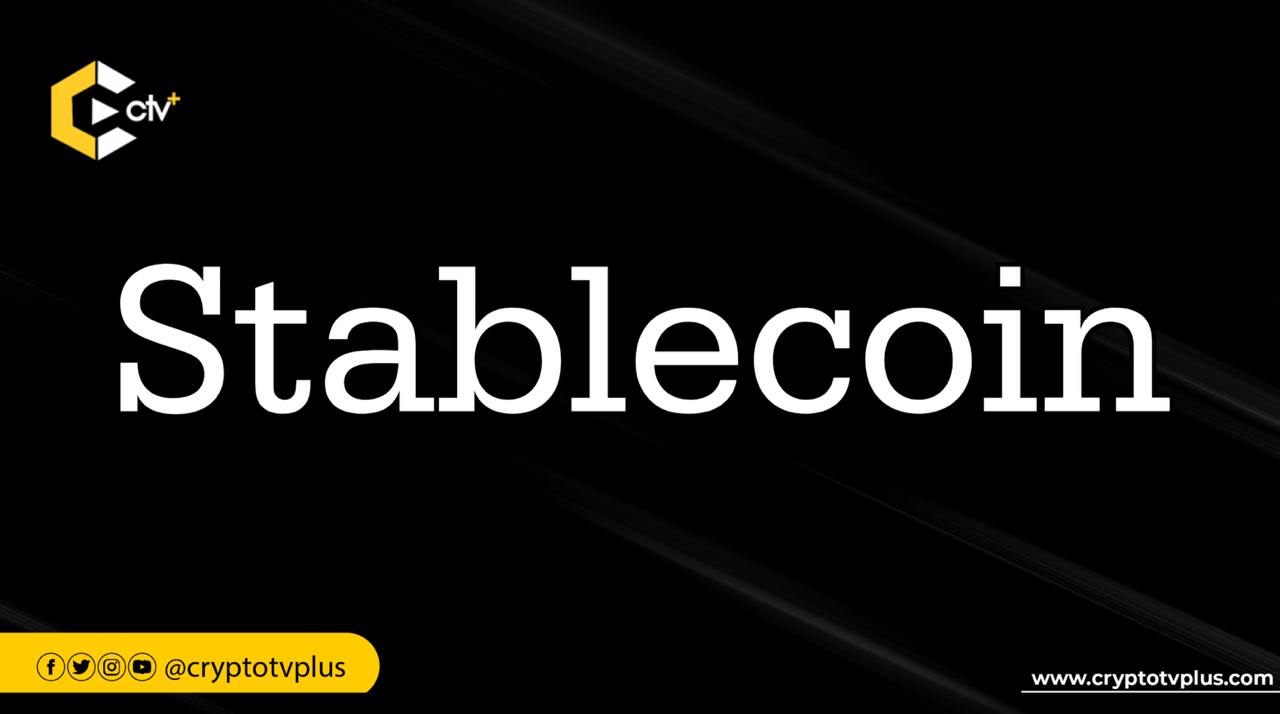News
Rep. Lynch warns stablecoins may lead to disaster & taxpayer-funded bailouts
When stablecoins lose their peg, they often require financial intervention to stabilize. If Congress decides to approve bailouts for these digital currencies, it is likely that taxpayers will ultimately bear the financial burden of these rescue efforts, impacting public funds.

Stablecoins are heading for a disaster that will put taxpayers at risk of another costly bailout, according to House Rep. Stephen Lynch. Speaking at a House Financial Services Committee hearing on the 2nd of April, the Massachusetts Democrat argued that these digital currencies are designed to maintain parity with current currencies like the U.S. dollar.
Lynch made his concerns clear. “It’s certain because history shows it, and nothing has changed,” he said. Lynch believes history is set to repeat itself, warning that stablecoins will crash again and require government intervention. “They’re going to depeg, and they’re going to require a bailout,” he said.
Several stablecoins have lost their peg in the past, sometimes recovering and other times collapsing entirely. TerraUSD (UST) suffered the most infamous collapse in May 2022, wiping out over $40 billion and triggering a market crash. Other algorithmic stablecoins like Iron Finance (IRON) and Neutrino USD (USDN) also depegged and failed.
Centralized stablecoins like USDT (Tether) and USDC (USD Coin) have briefly lost their peg multiple times, especially during market stress. USDC dropped to $0.87 in March 2023 due to exposure to Silicon Valley Bank but later recovered. HUSD, Magic Internet Money (MIM), and Gemini Dollar (GUSD) have also depegged at various times, often due to liquidity concerns.
President Trump, memecoin, and stablecoins
Lynch also criticized the president, accusing him of issuing his own stablecoin and memecoin. “Those are going to fail,” he predicted, suggesting that even political backing won’t keep them afloat.
The memecoin linked to Donald Trump, $TRUMP, launched on January 17, 2025, experiencing a meteoric rise of 3000% in just 20 hours. Initially trading at $0.70, it soared to $21.70, quickly becoming the fourth-largest memecoin after Dogecoin, Shiba Inu, and Pepe Coin. The coin garnered significant attention when Trump personally promoted it on his social media.
By January 19, $TRUMP reached a market capitalization of $72 billion. The coin was primarily controlled by Trump-affiliated companies, which were subject to a three-year lock-up period to prevent immediate sell-offs.
Donald Trump is reportedly involved in launching a stablecoin through his family’s crypto venture, World Liberty Financial (WLF). Alongside his sons, Donald Jr. and Eric, Trump announced plans in March 2025 for USD1, a dollar-pegged stablecoin.
WLF claims USD1 will be fully backed by U.S. government Treasuries, dollar deposits, and cash equivalents to ensure a stable $1 value. The project aims to enable secure and efficient cross-border transactions for institutional investors and sovereign entities.
Initially, USD1 will launch on Ethereum and Binance Smart Chain, with plans to expand to other blockchains. BitGo, a California-based crypto custodian, will manage the reserves, and a third-party firm will conduct regular audits to maintain transparency.
Congressmen supporting crypto, argument for and against stablecoins
Lynch criticized fellow lawmakers, accusing many of becoming “darlings of the crypto space” and being too close to the industry.
He expressed concern that if stablecoins collapse, Congress might approve bailouts, burdening taxpayers with the losses. “The taxpayers will be the ultimate losers here,” he warned.
Lynch’s argument draws from past financial crises. The 2008 banking collapse led to $700 billion in taxpayer-funded bailouts, and he sees stablecoins as the next big financial risk. With over $150 billion in stablecoins like Tether and USDC in circulation, a sudden collapse could cause major economic disruptions, especially if they are tied to risky investments.
But not everyone agrees. Representative Tom Emmer, a strong crypto supporter, earlier stated that stablecoins could transform payments. “They’re faster and cheaper than traditional bank transfers. They can help immigrants send money home and make global business transactions easier,” he said.
Senator Cynthia Lummis has also pushed for stablecoin legislation, co-sponsoring the GENIUS Act to connect traditional finance with the crypto economy.
Treasury Secretary Scott Bessent has also voiced support, praising stablecoins at the White House Crypto Summit as a way to strengthen the U.S. dollar globally. He has specifically backed Trump’s USD1 stablecoin, seeing it as a step toward solidifying U.S. financial leadership.
From the private sector, Coinbase CEO Brian Armstrong calls stablecoins “the future of payments,” citing their efficiency and lower costs compared to traditional banking. The Coinbase CEO has also urged reforms in stablecoin regulation to allow “onchain interest.”
On the regulatory side, Representative Patrick McHenry has championed clear legal frameworks for stablecoins, drafting the Clarity for Payment Stablecoins Act to balance innovation with oversight. Senator Kirsten Gillibrand, working alongside Lummis, highlights their role in improving financial access for underserved communities.
The debate over bailouts remains unresolved. As the stablecoin debate continues, Lynch’s warnings clash with a growing number of supporters. Are stablecoins a financial disaster waiting to happen or a revolutionary tool for the future? Congress remains divided, and only time will tell whether history will repeat itself or take a new path.
























